This Part is Spoiler-Free
Metal Gear Solid was a monumental release for the original Playstation in 1998. Computer games had already used the CD format to include voiced dialogue, but MGS set a new standard for voice acting and cinematic presentation. A talented voice cast elevated inconsistent dialogue while Kojima’s direction proved how important cinematography could be in games.
I was 14 when MGS hit and will never forget playing and finishing it the first time. The atmosphere was like nothing I’d ever seen and once the credits rolled, I simply put the controller down in amazement. It was a borrowed copy so I returned it and didn’t complete it again. Until now. After recently completing MGS 2 and 3 also for the first time, I wondered how MGS 1 would compare with its sequels and its own nostalgic legacy built up in my warm and fuzzy memories.
Metal Gear Solid is absolutely worth going back to and I consider it one of the three best in the franchise, going toe-to-toe with MGS 2 and 3 both released on the much more powerful PS2. While the total package of the PS2 games may be better, MSG 1’s ambience, boss battles, and unique moments are some of the greatest pieces of the entire franchise. The controls will be different than a modern gamer is used to but work very well within the context. The PS1 version looks a bit muddy nowadays but there’s a fantastic PC version Metal Gear Solid Integral that a kind soul has packaged into a dead-simple .exe file that easily ran on my modern machine. Integral runs at 720p for a far better looking experience, and even features a slightly wonky first-person mode!
MGS 1 delivers fantastic stealth action, a solid spy thriller plot that mostly holds it together, and several outstanding moments you’ll remember forever. This is slathered in stunning ambience and atmosphere. It’s a knockout package of gameplay, sound, and visuals.
Spoilers begin here
This portion of the review will analyze the rest of the game and include spoilers.
Opening
The franchise is often criticized for bloated cutscenes but the intro to MGS 1 hits the sweet spot. It’s long enough to hear the briefing and watch Snake approach Shadow Moses from the water. This highlights and explains the one-man operation and hi-tech environment while hinting at later story reveals. The briefing scenes display wonderful sweeping cinematography as Kojima shows you can do so much more with a video game camera than previously seen. Within a few minutes, you assume control of Snake in a fantastic sandbox tutorial room.
Snake starts the game behind a large structure that does two things: It hides the player from detection and forces them to learn how to crawl underneath. The player can also navigate down to the water, to discover extra items. This reward informs the player that exploring is encouraged and often rewarded.
During these opening moments, credits appear on the screen, further pushing the cinematic aspects.
The guards patrol a simple grid and we learn how they can detect Snake. Their vision is quite limited, but they can also hear footsteps through a puddle and even see the wet footprints left after walking through said puddle. We also learn that a sneeze momentarily disrupts their vision. Although the guard AI is easy to criticize now (and even then), seeing the guards react to sight and sound made them feel alive and greatly helped immersion. Knocking a wall to draw their attention was another fun way to influence their behaviors in your favor.
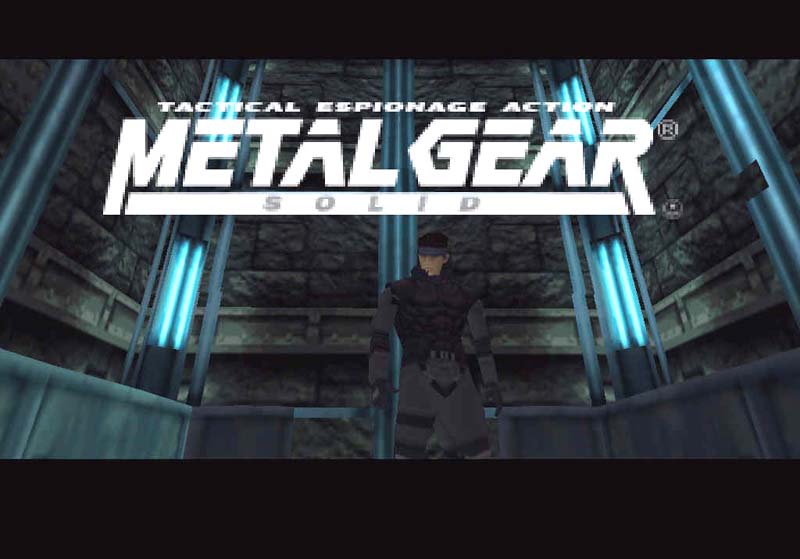
After messing around in this section for a few minutes, Snake can then access the elevator and Kojima uses the ascension to reveal the title with further cinematic flair.
Kojima takes control momentarily to show Snake using the in-game binoculars, reveal the Hind-D (“Hind-D?”) and setup the next sandbox. This outer area is an impressive section that sets the tone for the next few hours of gameplay. A guard on the right can see Snake’s footsteps in the snow, there are spotlights to avoid, trucks to hide under/in/grab important items from, rooms to investigate, cameras (“surveillance cameras?”) to avoid, and multiple exits to reach the next area. Snake’s life-bar is quite small at this point (it grows after defeating bosses) and he dies quickly after being discovered. Kojima showing Snake using the binoculars in a stylish way encourages the player to scope out the situation before approaching methodically.
This area is a masterpiece.
Infiltration
Once you’ve chosen an entrance, we reach another room with guards, trucks, cameras, and doors, but it’s more confined than outside. There are plenty of places to hide and experiment with as you make your way to the elevator. Like real life, Snake often has to wait for the elevator after pressing the button. This can create thrillingly tense situations as you pray the elevator doors open before a guard turns the corner. There are many rooms here to explore with optional items, some hidden behind card-locked doors, informing the player they should backtrack at some point.
DARPA Chief
Snake gets his first glimpse of Meryl when he creepily spies on her through a vent (“a woman?”). Kojima shows nothing more than Meryl doing situps in a jail cell.
Snake moves on to drop into the DARPA Chief’s cell and we learn that not all is as it seems.
After several open areas of stealth gameplay, the story portion here is welcomed. We get info on the terrorist’s plans and a greater sense of the situation. It’s also a call back to the original Metal Gear games that mostly consisted of Snake rescuing captives from cells to gain the next clue.
Rumble was still a fairly new feature of the time and Kojima cleverly had the controller begin to pulsate with the DARPA Chief’s heart-rate, increasing the intensity as his heart-attack occurs and kills the Chief. Snake’s initial rescue target is now dead.
We hear the a struggle outside and the cell door is opened to introduce Snake to a bare-butt (or underwear’ed butt in some versions) and the female soldier holding Snake at gunpoint. The dialogue exchange over the next few scenes does a tremendous job of introducing the two, showing Snake’s veteran skill, and Meryl’s lack of experience mixed with her passion to be a soldier.
Snake and Meryl team up for a shootout action sequence against several waves of guards. Since our firefight experience up to this point usually resulted in Snake dying, this all-out action is quite exciting. We see Meryl is too nervous to shoot at first but eventually mows down a row of guards with Snake’s forceful command. Meryl’s main story arc deals with her ambition to become a soldier and the emotional struggle to reach it. The game often explores themes of war, violence, identity, and how characters deal with following orders.

Further Down
Snake can now access further below and Kojima introduces trap doors to the standard gameplay. The player needs to find a spot in the wall to blow through and can either spot the change of paint or knock on the wall to hear the more hollow sound. This floor is setup in the usual grid with rooms of varying security level. Players paying attention will mentally bookmark them for later. There’s even two secret areas to reach before confronting Ocelot, the first boss.
“Hiding Won’t Help You”
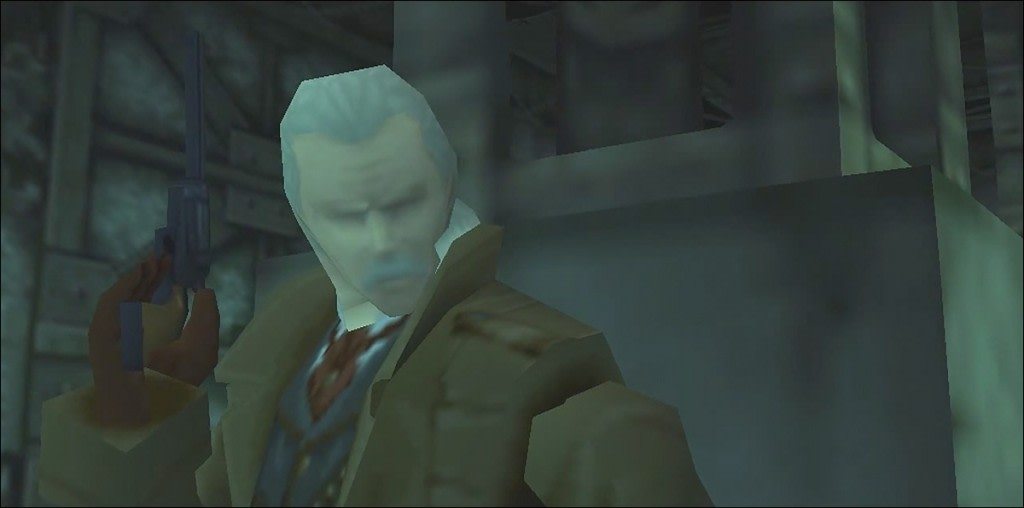
The first boss battle is a great training sequence for future encounters. It’s difficult enough to demand Snake keep moving and aim carefully, but not too frustrating to discourage new players. Ocelot spouts off great lines during the battle and has an obvious weakness of reloading for the player to exploit. You must also avoid touching the explosive wires (which Cyborg Ninja explodes anyways).
This is perhaps my favorite Ocelot moment. His ability to bounce bullets off the wall is the first hint of supernatural boss powers and his dialogue is perfect.
Cyborg Ninja explodes into the scene, cutting off Ocelot’s hand and setting off the explosives. This shows the Ninja as a destructive yet unstable/unpredictable force, setting up a future boss encounter.
Baker’s conversation and heart attack further the narrative and drop more clues for later plot reveals. Although Snake is supposed to save Baker, his dialogue sews the seeds of paranoia over Snake’s true mission objectives.
Finding the Creator of Metal Gear
Snake must then find the creator of Metal Gear: Hal Emmerich. The next sections add more unique elements, like dealing with poisonous gas and piloting rockets down corridors. There are plenty more optional items to find and the new gameplay elements feel fresh. The pacing of gameplay-to-story has so far been fantastic, and doesn’t dip in quality until after fighting Cyborg Ninja.
Before reaching the second building, Kojima inserted a large snowfield to connect the two. The first time through we must deal with a tank boss. I actually mis-remembered battling Vulcan Raven on the tank as he appears before the fight to dole out metaphors about Alaska and snakes. But he hides in the tank to let a regular soldier take the abuse.
This fight was frustrating until I learned the pattern, which is an interesting gameplay trope inspired by an older era of gaming. Older Konami games like Castlevania and Contra would feature punishing boss encounters with tight patterns that must be learned from repeated attempts. MGS 1 is far less punishing with unlimited attempts from the beginning of the battle, but discovering the correct strategy was more difficult than I remembered. I still enjoyed the battle and the stark white visuals and grenade tossing were a refreshing reset in between two similar looking buildings.
The Ninja
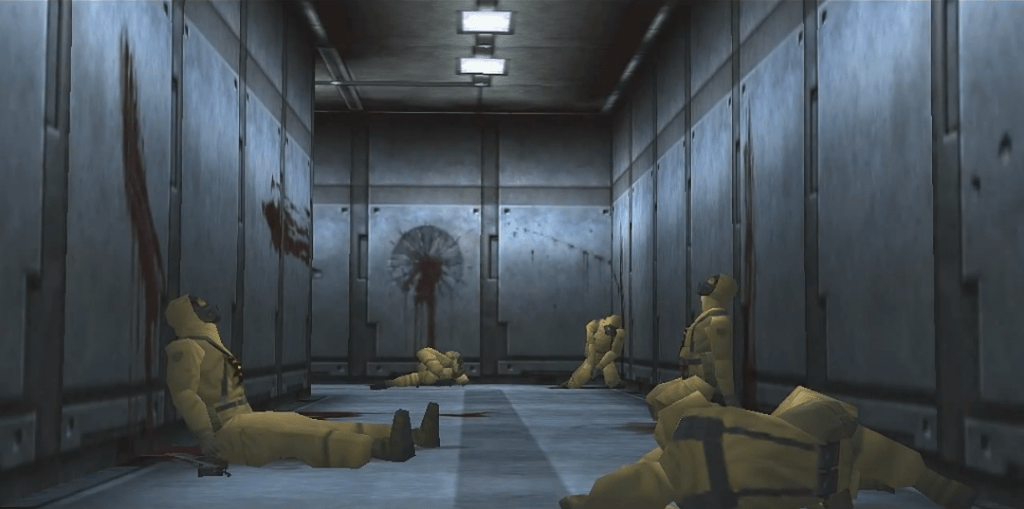
The lead-up and eventual boss fight with Cyborg Ninja is one of my favorite sequences of the franchise. Snake must pass a hallway of massacred guards, seeing their blood smeared on the walls. We last saw the Ninja easily dispatch the first boss (that might have already killed the player a few times). I love this prelude.
The fight is simple yet challenging. Melee combat can be difficult to portray and especially so in 1998. I found the mechanics of dodging Ninja’s powerful attacks while remaining close enough to counterattack a very effective representation. Kojima makes the world feel alive as Ninja’s attacks destroy glass and send papers flying in their office battleground. Ninja’s later phases of camouflage also work well.
To top it off, Ninja’s voice actor and writing do a tremendous job of relating snippets of his tortured existence and motivations. Even without playing the previous Metal Gears I immediately fell in love with Ninja’s backstory and felt connected to the experience. This sequence held up extremely well during my modern playthrough.
The Sag
The pacing up to Ninja’s defeat was stellar, but once we meet Otacon, the story sequences come hot and heavy with much shorter gameplay segments between. Otacon is introduced and speaks about his role, Naomi talks about Grey Fox, we talk to Meryl in a bathroom, and then fight Mantis, which includes plenty of talking. The wolf portion after Mantis can also be frustrating to navigate if you don’t see the easily missable exits.
Most of these individual moments are entertaining on their own, but I constantly felt ripped from the action before I was ready for story-time. Another section or two of guards to sneak past and perhaps cutting most of Naomi’s dialogue and streamlining Otacon’s would have helped greatly. Otacon’s dialogue is often guilty of redundant re-explanations peppered with military terms and history. Those elements can help give context, but it’s easy to overdo. Naomi’s character is the other prime candidate for dialogue trimming. Most of her narrative arc could have been removed with little consequence to the story and I felt her presence took too much away from the main characters.
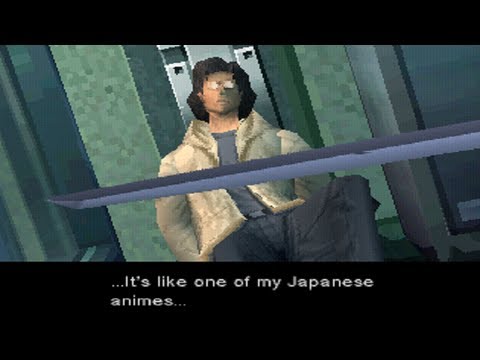
Mantis
Mantis is yet another extremely memorable boss fight. His mind control of Meryl is powerful (although the sexual dialogue is cringey) and the actual fight is full of the most iconic MGS moments. Mantis can read the memory card for Konami games, vibrate the controller, make your screen appear to change channel, and can only be defeated once the controller has switched ports (given the sandbox nature, I bet there are other ways too).
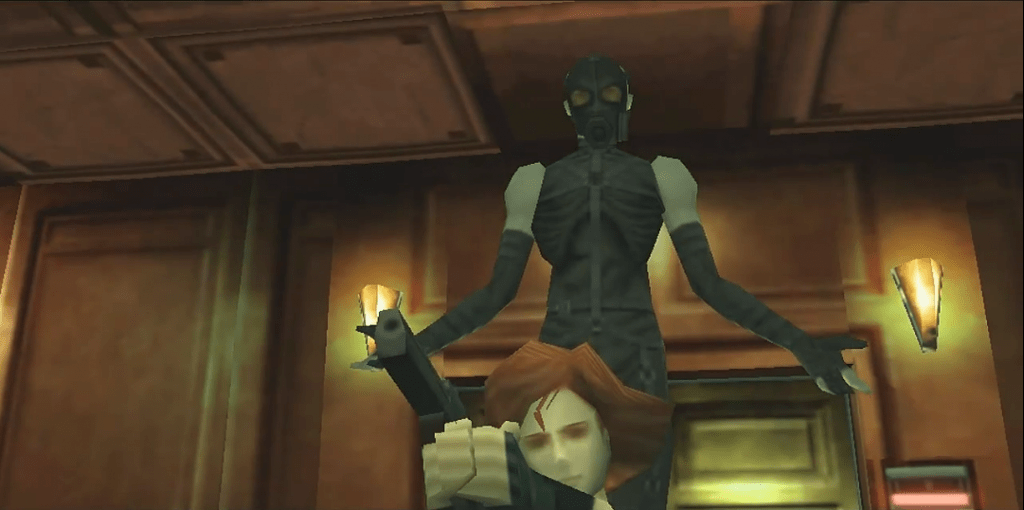
Mantis’ look, abilities, and death speech are magical moments nearly every gamer should experience.
The Real Wolf
I love the long corridor leading to the Sniper Wolf encounter. The path is narrow and the walls are intimidatingly high, funneling Snake and Meryl towards the trap. Meryl is taken down and we see her suffering, begging Snake to sacrifice her rather than fall for the bait. This moment still felt powerful to me and further developed both character arcs and their relationship.
This introduces the first noticeable backtrack. To duel with a sniper, Snake must trek back through: the wolves, a building, a snowfield, and down a few floors in the first major building to grab the sniper rifle, and then walk all the way back.
A way to keep this interesting is finally exploring the rooms you couldn’t previously access with the higher-level card, but it can break immersion to have Snake checking rooms while Meryl is potentially bleeding to death.

This backtracking portion was actually still enjoyable as the two buildings you visit are the best stealth sandboxes in the game. The later backtracking portions are far worse and highlight the small size of the overall map.
Sniper Duel
Yet another fantastic boss battle. The duel has great mechanics, forcing the player to line up a shot quickly or receive a hit from Sniper Wolf. Players can see her breath giving away which pillar she hides behind as they track her movements. The battle was a ton of fun while playing to the strengths of her character. The evolution of this battle in Snake Eater is a thing of beauty.
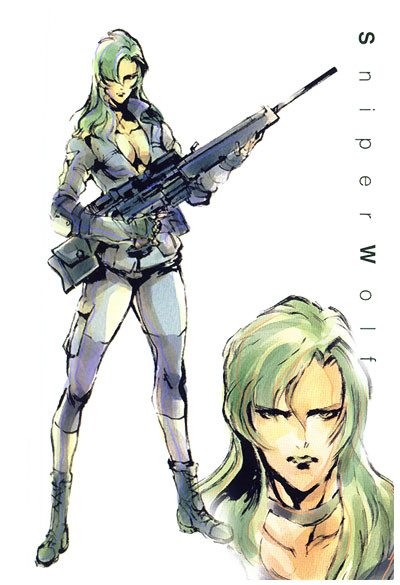
Once defeated, Snake makes his way down the corridor and is captured. The walk up is unnerving as Mei Ling warns you of her bad feeling. Ling’s suspicion is confirmed with Snake’s capture.
Meeting Liquid
My 1998 memories of Liquid Snake are him exclaiming ‘Brother!’ and myself thinking he was way more interesting than Ocelot. It’s funny that at 33 I was surprised at how campy and cheesy he was, where I now prefer the more grounded Ocelot. Liquid is still great, but a little goofier my second time through.
Kojima has a villain party with Snake as the big attraction, further fleshing out Wolf, Ocelot, and Liquid. It’s neat seeing Wolf up close and works well as a second act before her climactic demise.
This narrative segment doesn’t outstay its welcome and uses different perspectives to keep things interesting.
Torture Rack
The torture mini-game is yet another unique gameplay mechanic tossed in to spice things up. Hammering the button furiously to maintain health is perfect way to mimic Snake’s pain on a much more enjoyable level. Ocelot warns Snake he can give up to prevent death, but Meryl will lose her life in the trade. The story will branch here, offering different dialogue and endings. If Meryl dies, Snake deals with the guilt and rides into the sunset with Otacon. If she survives, they fall in love and raise dogs in Alaska together. Although MGS is a relatively short game, the branching path, multiple hidden items and performance ranking greatly encourage and reward a subsequent playthrough.

In between torture segments, Snake is stuck in a cell. We see him discuss family on the codec and eventually figure out a way to escape. There are two interesting ways to get out, and none of them result in Otacon giving up his friggin’ invisibility suit! The jail sequence is a great combination of character development and unique gameplay. I remember the torture mini-game being much more difficult on my PS1 (I let Meryll die) as I survived the PC port torture sequence with little problem. I’ve seen advice recommending the back side of a spoon for rapid tapping or even a vibrating massage wands to assist: Maybe Konami will sell licensed spoons?
Snake escapes to the same floor the first DARPA Chief was found, which means the player must go all the way back to the Sniper Wolf battle area again. Although a bit tedious, there’s a very useful piece of body armor now available that helped me considerably with the upcoming sections.
The pacing here takes another dive. Snake’s flashback of Meryl being shot feels unecessary considering how recent it was. The Naomi side-plot is explored here, further taking the focus away from Snake and the mission. It’s not terrible, but I began to feel the drag.
Stair-Master
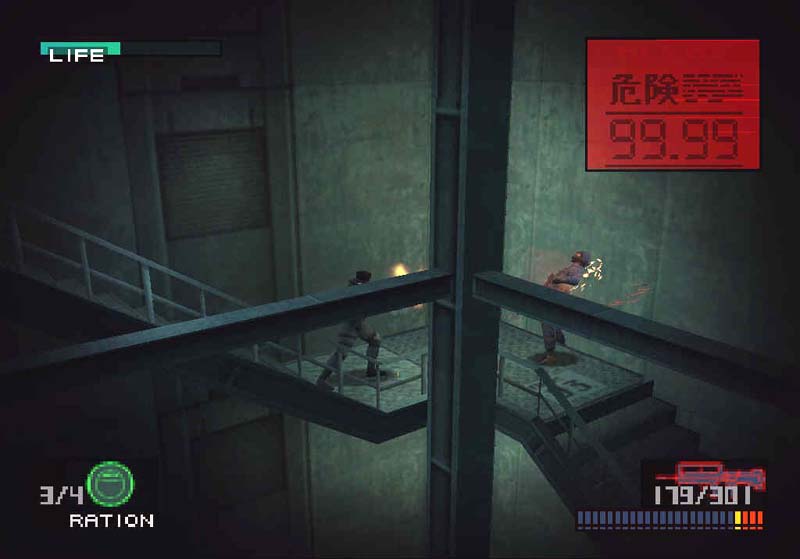
This portion of the game is where I most felt the limited size. While the first half had variety and a strong ratio of gameplay to story, the stair-climbing segment is a microcosm of the game’s weaknesses. Snake is discovered by a camera and must run up dozens of identical staircases while blasting an unlimited amount of guards. I found the controls for this combat extremely frustrating as the guards can shoot Snake before they’re on screen due to the limited view of the camera. The best way to get through is to simply spam stun grenades and hope for the best. I like the intent, but the engine doesn’t support this playstyle.
Snake vs the Hind D

The first battle with Liquid is an epic multi-set-piece affair. I love the idea of Snake using his wits and equipment to outmaneuver more powerful enemies, and the Hind D confrontation is perfect for that. Having Snake rappel down the building is yet another unique piece of gameplay that still feels impressive. The ensuing rocket battle also felt great and suitably epic. I’ve seen a few reports of this battle being difficult so perhaps the PC version is easier, but it has nothing on the frustration of the Metal Gear battle to end the game.
Snake vs Wolf II

The final act of Wolf’s arc is a sniping rematch. Her area to navigate is much larger and tracking her with the slow sniper scope was much more difficult. I ended up cheesing her with remote-controlled missiles for most of the damage, and finishing her off with a sniper bullet for aesthetics. I like that multiple options were available, it’s interesting to see so much freedom in an otherwise linear game.
Wolf’s death scene is another standout moment in the franchise. The setting, wolf howls, Otacon’s reveal, and Snake’s treatment of her all contribute towards the powerful climax. Snake puts a bullet in her and trudges off to kill some more soldiers and save the world.
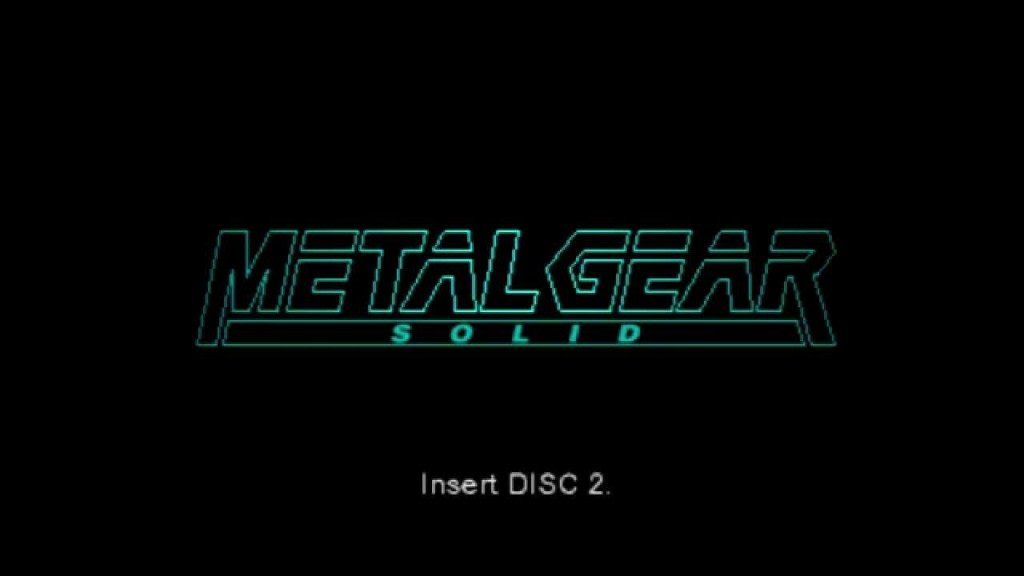
The CD format allowed hours of dialogue and the ability to spread that content over multiple discs. After the second sniper duel, the second disc is inserted for a couple boss battles, a ton of backtracking, and an action movie finish.
Crow vs Snake
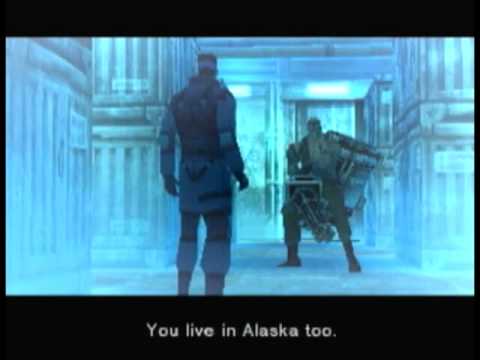
Vulcan Raven – a much better version of Arnold’s Mr Freeze – confronts Snake for a simple battle. This was the easiest boss fight in the game but the flexibility made up for the lack of difficulty. Raven is easy to avoid and susceptible to many weapons. You can plant C4, chuck grenades, use either missile launcher, or just about any weapon you feel like using. His dialogue references his spiritual connection with nature and alludes to Snake and his brother being from ‘another world…one I do not wish to know’, a reference to them being clones.
Raven is eaten by his crows in a gruesome end that he seems quite happy about, he even gives you the next keycard and another hint about Decoy Octopus.
Both Raven battles are the least memorable boss confrontations, lacking a solid gimmick. The room’s grid design works well however, and the sandbox nature of choosing a variety of effective weapons keeps it entertaining.
Somebody saw T2: Judgement Day

Although the look of the liquid hot metal is a nice change, the Blast Furnace is a simple layout with little to do. There are a few guards and alternate paths, but it felt too empty. I think this area could have benefitted with a few more guards to take out.
Kojima is a movie nut and it’s hilarious to see Snake reach his hand out like the Terminator when he falls into the fiery pit.
Metal Gear
After running past a hilarious amount of gun cameras, we finally see Metal Gear Rex. Kojima does a great job of showing Rex’s scale by using several levels of ladders, including Snake having to climb up and over its ‘head’. Snake spies on Liquid and Ocelot who appear to see him. Ocelot takes a shot at him, causing the all-important PAL key to fall. This is the first leg of the worst backtracking segment. Snake must walk all the way down and search in the sewage to retrieve the card. While not as entertaining as previous areas, the first double track down and up Rex is effective at reinforcing the scale. It’s the second and third treks to heat up and cool down the key that become very tedious.
Time for the double cross!

The biggest reveal of the game sees Liquid removing his Master Miller disguise. This was done quite well as the same voice actor performed both voices and the sunglasses/hair swap looked convincing (worked for Superman).
Save for the rare moment with Meryl, the player spends nearly the entire game along or in captivity. The codec call to friendly allies dispensing advice is a welcome diversion. Depending on how often the player calls Miller, this can build a lot of trust. He first teaches you how to find your way into the base by following rats through a vent, even trusting this advice enough to crawl underwater! To have Miller turn on the player was a genius move, but one that loses a bit of impact with the amount of shenanigans happening simultaneously.
Before the reveal, Miller grew suspicious of Naomi’s story of her father, eventually accusing her of being a spy, leading to her arrest. This does work as a further diversion away from Miller’s secret, but I feel it hurts his reveal more than it helps. So much new information and confusion comes from Naomi and the Colonel that I was still processing her plot when Liquid ditched the glasses. The plot twist is still effective, but this is another example of Naomi’s character detracting from other plot points.
The ‘final’ Battle
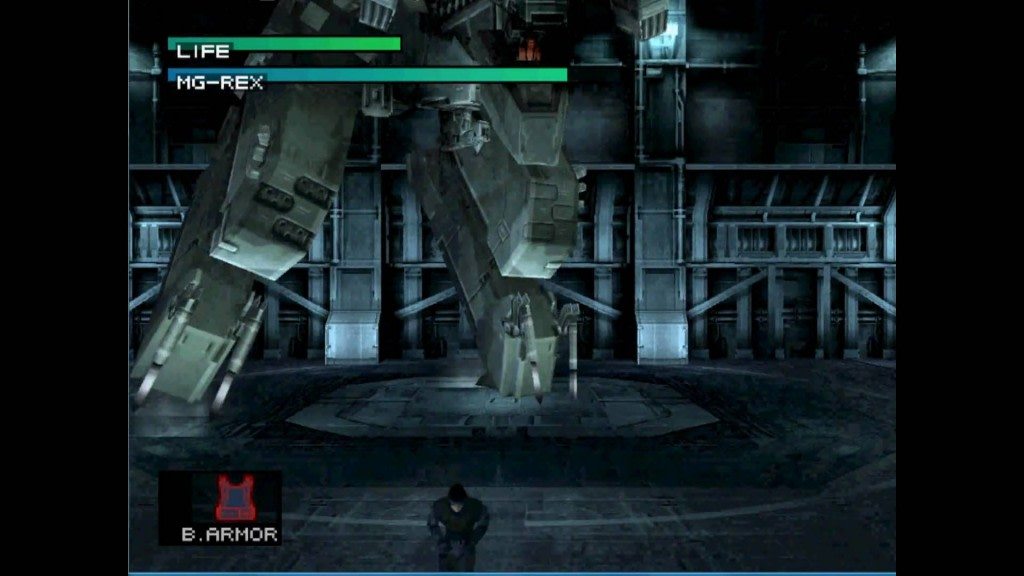
We find out Snake actually activated the weapon rather than shut it down, it was all a part of Liquid’s genius plan… I understand that the baddies couldn’t figure out the ‘trick’ to the launch sequence (alluded to by Ocelot in the torture room) but it doesn’t make any sense that Liquid would send all of his FOX-Hound buddies to die so Snake could make his way to Rex. Perhaps they’re all soldiers that live for battle? Sniper Wolf could have let Snake and Meryl walk up and get captured but Ocelot did say she obsesses with her prey. Vulcan Raven mentioned this world had no more use for him and he seemed to enjoy the combat and death I could see why Ocelot might use Baker to lure Snake into learning the PAL key trick, but why fight at the cost of losing his hand? This plot exists so Snake has a reason to backtrack multiple times for each key slot and still have it mean something.
Cyborg Ninja makes a final appearance and gets his wish to die in battle. He sacrifices himself for Snake and receives a gruesome death for his troubles. This is great motivation to kill Liquid in the final battle after seeing the vulnerable Ninja fall under the immense power of Rex, ground to a bloody pulp.

Ninja’s side plot ties in with Naomi and again I think could have been left out. It works overall but tends to muddy the final act when it should be pushing towards a strong conclusion. Kojima made the same mistake in MGS 2 when he added multiple triple crosses to an already challenging story. MGS 3 also had a triple cross but I feel the surrounding story was kept simple enough that it could be properly digested.
I found the battle with Rex initially frustrating, but ultimately enjoyed it once I got the hang of it. Rex shoots missiles, a machine gun, and a laser depending on how far away Snake is. Chaff grenades disable the missile tracking in the first phase, but have no effect in the second. I struggled for quite some time until I learned of the distances and picked my spots. I wish it was better telegraphed but games back then were much more obtuse than the hand-holding of modern games, and – although frustrating – I greatly appreciate the extra difficulty and reward of figuring out Rex’s attacks.
Hand to Hand
Rex is fun for scale, but brothers should fight hand to hand. The twin snakes battle atop Rex in a much simpler battle than with Rex. I did see a few people asking on forums for help in this battle but to me it felt quite simple, easier than Cyborg Ninja. It was nice to see the two up close with everything else stripped away.
It’s Not Over Yet

Kojima pulls out all the stops for one final unique set-piece. Snake and Meryl/Otacon hop on Jeep and shoot their way out of the base, fending off soldiers and a returning Liquid. I love this idea but found the shooting quite sluggish. I found it impossible to avoid damage from Liquid’s final burst and only survived by doing so well against the earlier enemies that I could stockpile rations. Not super satisfying on the whole, but I appreciate the sentiment and spectacle.
Liquid rises from the dead like a horror movie villain one final time before FOX DIE takes him. Why it didn’t affect Solid isn’t quite explained, but the final theme seems to be about living life in the moment, whether your life is genetically pre-determined by the government that cloned you…or not.
Overall
Metal Gear Solid still holds up as a powerful piece of gaming art, and a damn fun game. Most of the boss fights are magnificent, and there are so many memorable moments that demand a playthrough to be experienced by nearly every gamer. Although the second half succumbs to lame backtracking and one too many plot twists, the overall package still ranks as one of the best ever and a must play.








